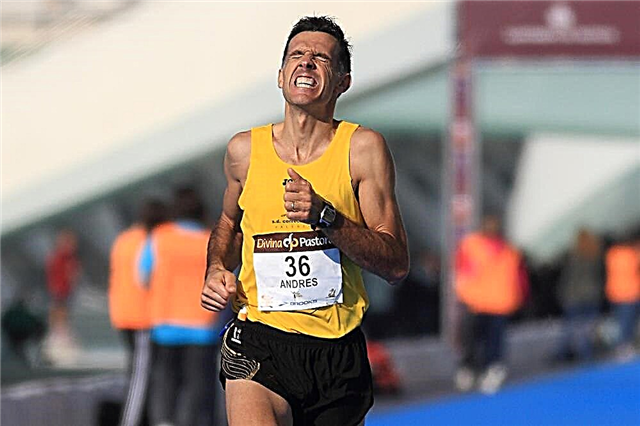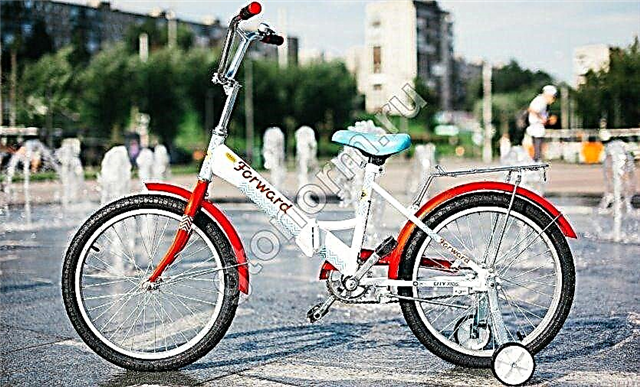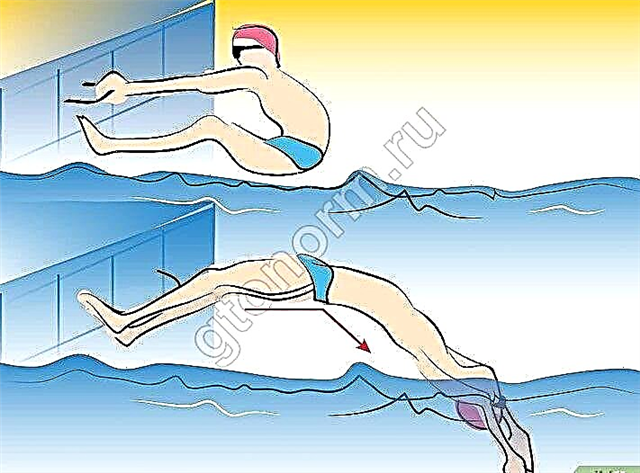Sprint running is not only one of the popular sports disciplines, but also an effective exercise for maintaining physical shape, improving health, and losing weight. This direction in athletics is also called short distance running.
What is a Sprint Race?
In order to succinctly characterize the features of this discipline, we emphasize that this is the only sport that requires long and tiring workouts, but lasts a matter of seconds. That is why sprint competitions are considered the most spectacular and spectacular. It is these competitions that are meant when they say that the fate of the athletes depended on the millisecond. Such a race requires the athlete to have high speed skills, clear coordination and endurance. Well, and of course, iron nerves.
The main sprint distances are: 30 m, 60 m, 300 m, 100 m, 200 m and 400 m, while the last three are Olympic.

Execution technique
The correct sprint running technique is based on the sequential alternation of 4 phases: start, acceleration, distance, finish.
Due to the too short distance, the technique must be performed with great care, because even the slightest mistake can turn into a failure. The athlete simply will not have time to win back the seconds lost during an unsuccessful start or acceleration.
Usain Bolt, originally from Jamaica, ran the 100 m distance in just 9.58 seconds. This record has not yet been broken.
The sprint technique is characterized by anaerobic breathing. That is, oxygen-free, because the athlete breathes less frequently throughout the entire route than at rest. Energy is drawn from the reserves obtained earlier.
In order to analyze the technique in detail, let's remember what phases the sprint run is divided into and consider each in detail.
- Start. They start from a low start. Special running pads are used, from which athletes push off when starting to move. The jogging leg is in front, and behind, at a distance of two feet, the swing leg is located. The head is down, the chin is pressed to the chest. Hands on the starting line. At the command "Attention", the athlete raises the pelvis to the position of the head and transfers all his weight to the pushing leg. At the command "March", he powerfully pushes off the ground and begins to move.
- Overclocking. In 3 steps, the athlete should accelerate to maximum speed. The body is slightly tilted to the treadmill, the gaze looks down, the arms are bent at the elbows and pressed to the body. During the race, the legs are fully straightened at the knees, the hips are raised high, the feet are powerfully pushing off the ground.
- The next phase of the sprint run is the main distance. It is important to run it at the developed pace without losing position. You cannot be distracted, look around, slow down.
- Finish. A few meters before the finish line, it is important to mobilize all forces and accelerate as much as possible. The use of various techniques is allowed: a throw from the chest, sideways, etc.
Interesting fact! According to the rules of sprint running, if the wind force in the competition is more than 2 m / s, the final result is not counted to the athletes as a personal record.
Thus, we have analyzed the phases of sprint running, and the technique of movements in each of them. Now let's voice the common mistakes that beginners in sprint sport struggle with.
Common mistakes
Sprint distance is a short distance run, we have already talked about this. We emphasize once again the importance of perfect execution technique. It is important to exclude errors and shortcomings, among which the following are most common:
- At a low start, they bend in the lower back;
- Shoulders are carried out of the starting line (or deviate far from it). Correctly, when the shoulders are strictly above the line;
- In the process of movement, they raise their heads, look around;
- They wave their hands randomly. That's right - to move them synchronously with the legs in a different order;
- Roll the foot onto the heel. That's right - to run and push off with socks;
- Turn the feet out;
- Slow down on the main route.

Benefit and harm
What do you think develops sprint running besides speed skills and endurance? How is this sport generally useful? By the way, did you know that the sprint technique is used to burn fat?
Let's list all the advantages of this discipline!
- Dexterity and coordination of movements increases;
- The body is saturated with oxygen, blood flow is accelerated;
- Metabolic processes are improved;
- The cardiovascular and respiratory systems are strengthened;
It is not for nothing that the sprint running technique is used for weight loss - during training, fats are actively burned;
So, we found out the benefits of sprint running, it is also important to disassemble its disadvantages.
- There is a high risk of injury to the joints, especially for beginners who have poorly fixed the technique;
- With poor athletic training, it is very easy to overload muscles;
- This sport is contraindicated in diseases of the cardiovascular system, musculoskeletal system, respiratory system, pregnancy. Also, any running exercises are prohibited after abdominal operations, heart attack, stroke, cancer, glaucoma, and for other medical reasons.

Safety engineering
Regardless of the type of sprint running, each athlete must follow safety precautions and follow the rules:
- Any workout should always begin with a warm-up and end with a cool-down. The first one warms up the target muscles, and the second includes stretching exercises;
- You can not go in for athletics if you feel unwell;
- It's important to find great running shoes with cushioning soles;
- Clothing should be comfortable, not restricting movement, according to the season;
- Trainings are carried out in an open area subject to suitable weather (dry, calm) or at a stadium with special treadmills;
- During the race, it is forbidden to leave the limits of your treadmill. In official competitions, violation of this rule will result in disqualification;

How to train?
Many novice athletes are interested in how to train sprint running and how to improve their performance. For this, it is important to work out all the stages of the execution technique, as well as strictly follow the training program. Here's a list of great exercises that work well on your target muscles:
- Lunges on the spot with a change of legs in a jump;
- Interval running;
- Running uphill;
- Run up the stairs;
- Jumping on one leg forward, backward and to the sides (the leg is slightly bent at the knee);
- Different types of planks;
- Warm-up exercises for the joints of the legs.
Many people would like to know how to sprint faster. The answer to the question is simple: "Force and labor will grind everything." Remember this proverb? She fits here like no other. Train hard, do not skip classes, and constantly increase your challenge. The more diligence is applied, the higher the result will be. This is the law of the Universe, which no one has yet been able to refute!








